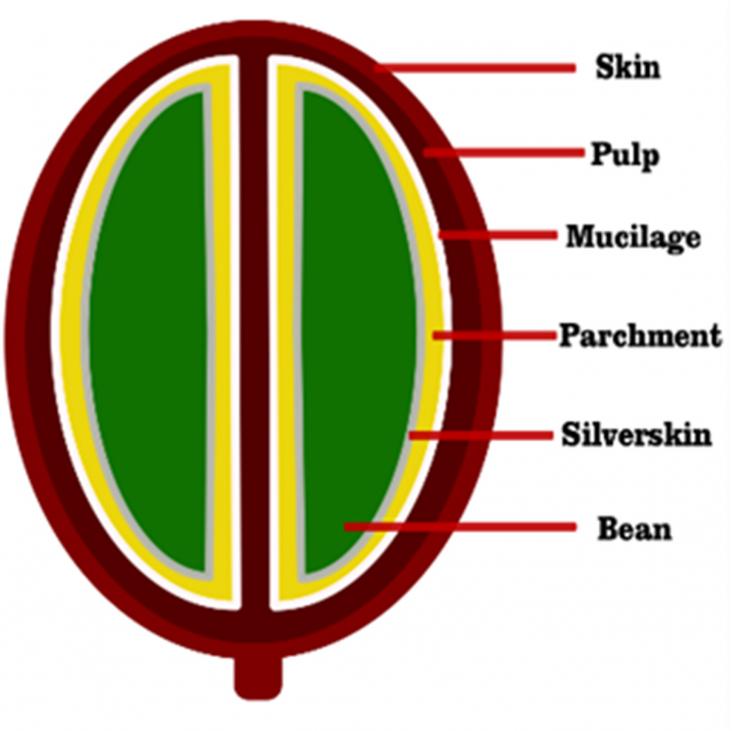

Background: Coffee is of the most traded commodities in the world and its market has grown regularly over the last 150 years.

Food production on our planet is dominantly based on agricultural practices developed during stable Holocene climatic conditions.
Environmental Resilience and Transformation in Times of COVID-19, Climate Change Effects on Environmental Functionality, 2021, Pages 273-288
The Impacts of Climate Change, A Comprehensive Study of Physical, Biophysical, Social, and Political Issues, 2021, Pages 537-545
The Impacts of Climate Change, A Comprehensive Study of Physical, Biophysical, Social, and Political Issues, 2021, Pages 3-17
